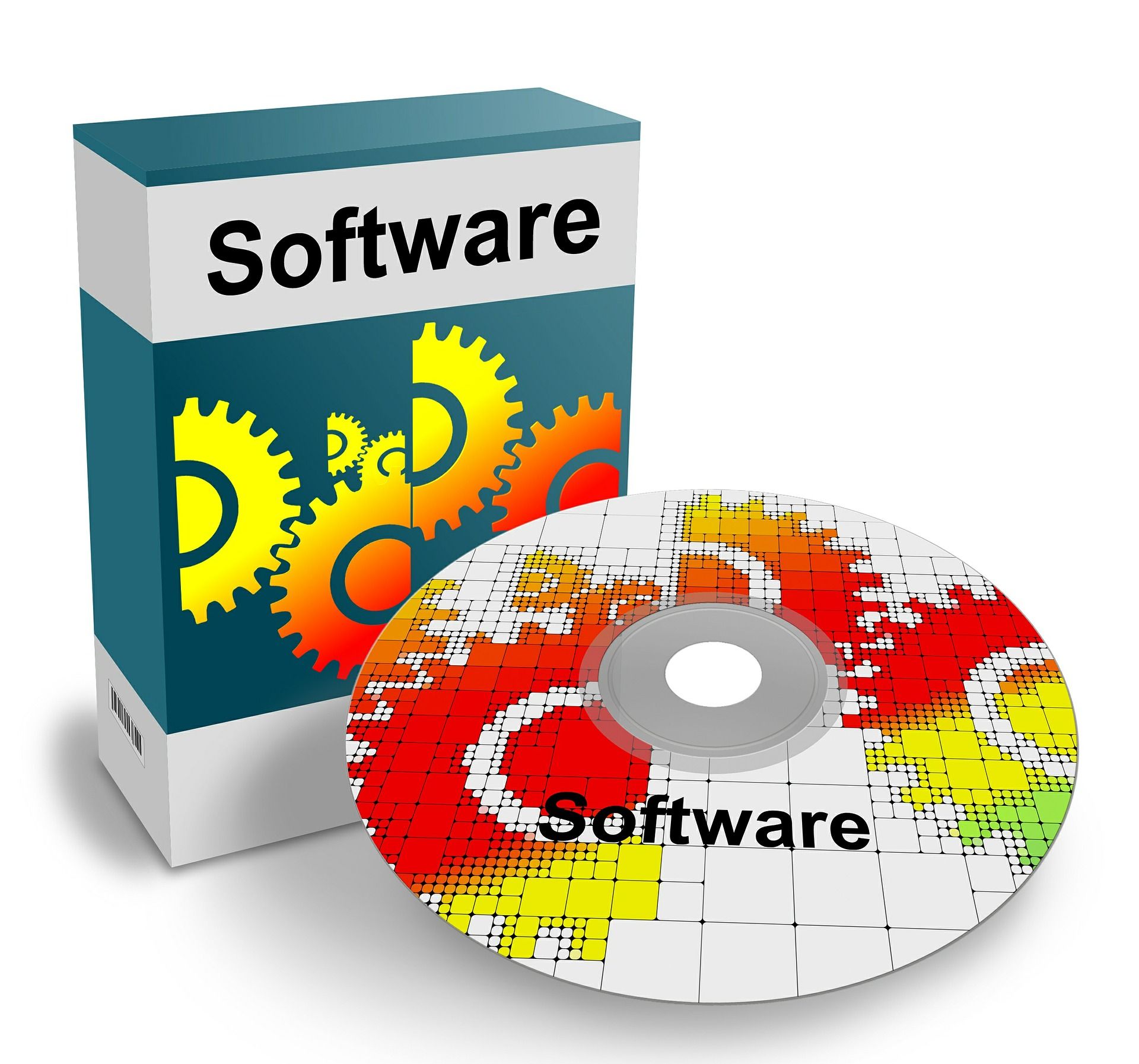business resources
Proper Use of Job Management Software: An Overview
30 May 2024, 3:39 pm GMT+1
The efficiency and productivity of your workforce can make all the difference. Job management software has emerged as an indispensable tool for companies aiming to streamline their operations, enhance team collaboration, and ensure timely project completion.
This software provides a centralized platform for planning, tracking, and managing various tasks, ultimately leading to improved organizational performance. In this overview, we will explore the key features, benefits, and best practices associated with the effective use of job management software, equipping you with the knowledge to leverage this technology for your business success.
Task Assignment and Monitoring
Task assignment is a core feature and allows project managers to delegate specific tasks to team members, ensuring everyone knows their responsibilities. This capability supports the creation of detailed project plans with distinct deliverables and deadlines, enhancing clarity and accountability. With real-time monitoring, managers can easily track progress, identify any bottlenecks, and reallocate resources as necessary to keep projects on schedule. The monitoring aspect of job management software aids in maintaining transparency across the team.
Team members can update their task status, upload necessary documents, and communicate directly within the platform. This transparency fosters trust, promotes a culture of accountability, and reduces the risk of miscommunication. As a result, the entire team stays aligned and focused on common goals. As the folks behind the OutOnSite job management software put it, job management software is a software application that is intended to replace paper and manual tasks in an electronic way. Using this tool you can easily find your job schedule, workload, and other important information in one spot.
Collaboration and Communication Tools
Effective teamwork relies heavily on seamless communication and collaboration. Job management software integrates communication tools such as chat functions, discussion boards, and file-sharing capabilities, which simplify the exchange of ideas and information. These tools reduce the reliance on potentially fragmented email chains, ensuring that all project-related communications are centralized and easily accessible. In addition to facilitating communication, collaboration tools enable team members to work together on documents, spreadsheets, and other files in real time.
This collaborative environment accelerates decision-making processes, minimizes errors, and ensures that everyone is working with the most up-to-date information. By breaking down silos and fostering a more cohesive work environment, these tools contribute to a more unified and productive team. Plus, with the ability to store documents and files within the software, you can easily access all project-related information in one place.
Reporting and Analytics
Job management software often comes equipped with robust reporting and analytics features that provide valuable insights regarding project performance tracking. These features allow managers to generate various reports, such as status updates, productivity metrics, and financial summaries, giving a clear picture of the project's health. This data-driven approach enables informed decision-making and helps in identifying areas that may require improvement.
Analytics tools within the software can track key performance indicators (KPIs) and trends over time, offering a deeper understanding of project dynamics. Visual representations such as graphs and charts make it easier to comprehend complex data, facilitating better strategic planning. By leveraging these insights, businesses can optimize their processes, enhance efficiency, and achieve better outcomes.
Time Management and Scheduling
Effective time management is essential for the successful completion of any project. Job management software provides scheduling tools that allow users to allocate time for each task, set deadlines, and synchronize calendars. These tools help in creating realistic timelines and ensuring that all team members are aware of important dates and milestones.
Having a centralized scheduling system also aids in balancing workloads and avoiding over-committing resources. Managers can quickly see who is available and who might be overloaded, making it easier to adjust assignments accordingly. This level of organization minimizes downtime and ensures that projects progress smoothly without unnecessary delays.
Integration with Other Tools
One of the significant advantages of job management software is its ability to integrate with other business tools and platforms. Whether it’s customer relationship management (CRM) systems, accounting software, or cloud storage services, these integrations streamline workflows and reduce the need for manual data entry. A Job management software can also provide an integrated system that combines quoting, scheduling, job tracking, invoicing, stock control, and CRM. Its unified web and mobile platform is designed to keep data connected and reduce duplicate entry. This seamless connectivity ensures that all business processes are interlinked, providing a more comprehensive view of operations.

Job management software is a powerful tool that can transform the way businesses handle their projects and daily operations. By offering features such as task assignment and monitoring, integrated collaboration and communication tools, robust reporting and analytics, efficient time management, and seamless integration with other tools, this software addresses the multifaceted needs of modern enterprises.
Adopting job management software not only streamlines processes but also fosters a culture of transparency, accountability, and teamwork. Organizations that fully leverage these capabilities can expect improved efficiency, better project outcomes, and enhanced overall performance. As you consider implementing job management software, it is important to choose a solution that aligns with your specific business requirements, ensuring that you gain the maximum benefits this technology has to offer.
Share this
Arthur Brown
Writer
A dad of 3 kids and a keen writer covering a range of topics such as Internet marketing, SEO and more! When not writing, he's found behind a drum kit.
previous
Top 5 Mistakes to Avoid When Using a Website Analyzer
next
The Automation Advantage: Supercharging Business Growth through Social Media